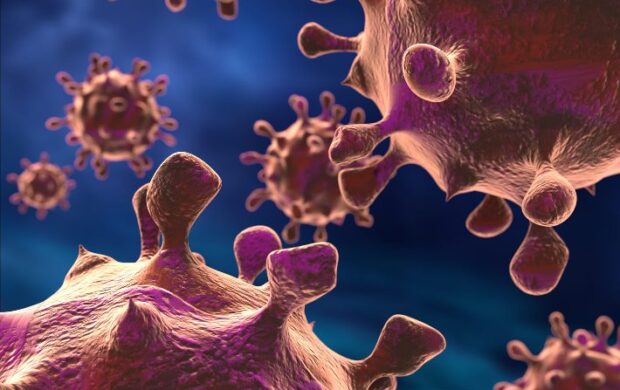Engineers at the University of New York have designed a paper battery powered by bacteria that not only generates electricity, but also self-decomposes at the end of the battery life. The new technology works by alternating the cellulose material in paper that can be combined with organic and biological matter such as bacteria. The bacteria, which is freeze-dried, can be activated with saliva or water, and works through a process of respiration and activating a series of knock-on reactions. Currently, it has a fairly low current and a shelf life of only four months. However, engineers and researchers are working to expand both capacities in order for the batteries to be scaled up and put into use for commercial purposes.
Paper batteries to power the Internet of Things run on bacteria
Details
- Other Tags: InnovationSynthetic BiologyTechnology











